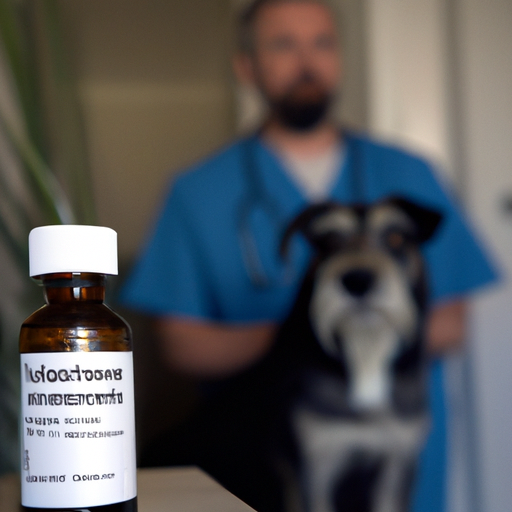“`markdown
What is Metacam for Dogs?
What Exactly is Metacam?
Metacam, also known as Meloxicam, is a non-steroidal anti-inflammatory drug (NSAID) primarily used to manage pain and inflammation in dogs. It’s a prescription medication that’s formulated to specifically target the substances in your dog’s body that cause inflammation and discomfort.
How does Metacam Work?
Metacam works by reducing the production of prostaglandins, substances in the body that contribute to inflammation and pain. It does this by inhibiting an enzyme called cyclooxygenase (COX), which is responsible for the production of these prostaglandins.
- Prostaglandins: They play a key role in the body’s inflammatory response, which includes pain, swelling, and fever.
- Cyclooxygenase (COX): This enzyme has two forms – COX-1 and COX-2. COX-1 supports kidney and digestive health, while COX-2 is produced in response to injury or inflammation.
When is Metacam Prescribed?
Your veterinarian might prescribe Metacam for your dog in the following situations:
- Post-operative pain: Following surgery, your dog may experience discomfort. Metacam can help manage this pain and allow your dog to recover more comfortably.
- Arthritis: Older dogs often suffer from arthritis, which causes inflammation and pain in the joints. Metacam can help manage these symptoms and improve your dog’s quality of life.
- Injuries: If your dog has suffered an injury, Metacam can help manage the pain and reduce inflammation.
Side Effects and Precautions of Using Metacam
Like all medications, Metacam has potential side effects that you, as a caregiver, need to be aware of. Here are a few to consider:
- Digestive problems: These might include vomiting, diarrhea, or changes in appetite.
- Behavioral changes: Your dog might become lethargic, depressed, or exhibit changes in behavior.
- Kidney or liver problems: Metacam can potentially affect your dog’s kidney or liver function, so regular blood tests may be necessary.
| Side Effects | Precautions |
|---|---|
| Digestive problems | Avoid use in dogs with known digestive issues |
| Behavioral changes | Monitor dog’s behavior closely |
| Kidney or liver problems | Regular blood tests may be necessary |
Frequently Asked Questions (FAQ)
Q: Can I give my dog Metacam without a prescription?
A: No, Metacam is a prescription medication and should only be given to your dog under the guidance of a veterinarian.
Q: How long can my dog stay on Metacam?
A: The length of treatment depends on your dog’s condition and response to the medication. Always follow your vet’s instructions.
Q: Are there alternatives to Metacam?
A: Yes, there are other NSAIDs and pain medications available. If Metacam is not suitable for your dog, your vet can suggest alternatives.
“`



